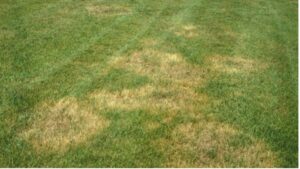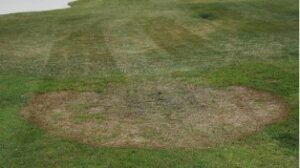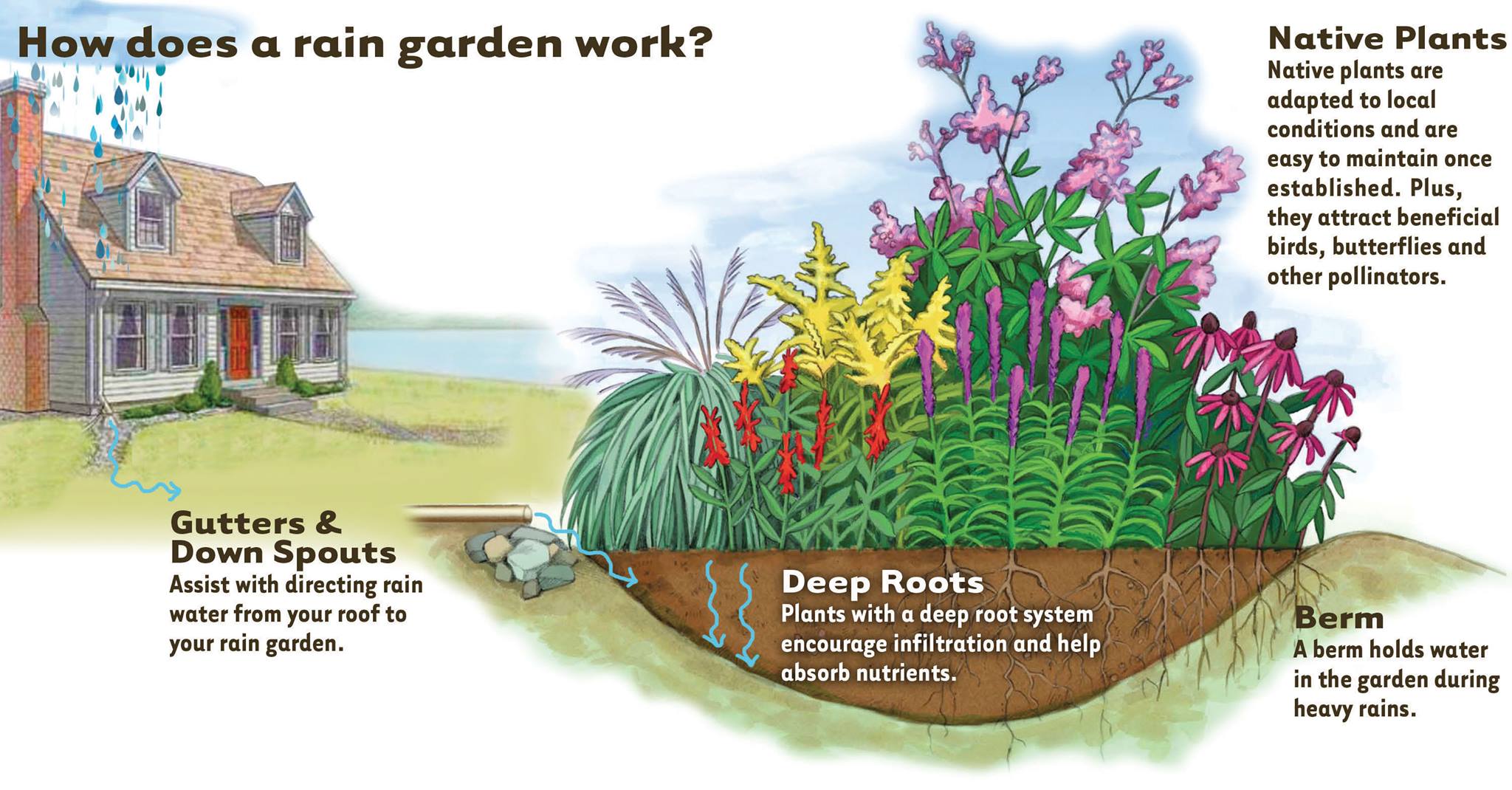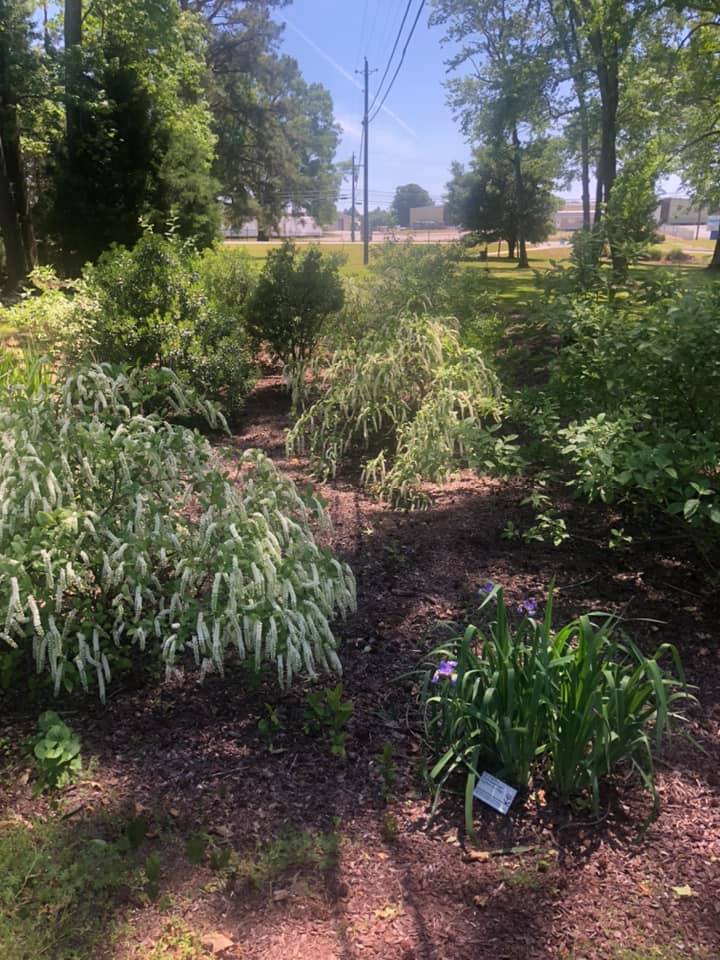April Gardening News
go.ncsu.edu/readext?999095
en Español / em Português
El inglés es el idioma de control de esta página. En la medida en que haya algún conflicto entre la traducción al inglés y la traducción, el inglés prevalece.
Al hacer clic en el enlace de traducción se activa un servicio de traducción gratuito para convertir la página al español. Al igual que con cualquier traducción por Internet, la conversión no es sensible al contexto y puede que no traduzca el texto en su significado original. NC State Extension no garantiza la exactitud del texto traducido. Por favor, tenga en cuenta que algunas aplicaciones y/o servicios pueden no funcionar como se espera cuando se traducen.
Português
Inglês é o idioma de controle desta página. Na medida que haja algum conflito entre o texto original em Inglês e a tradução, o Inglês prevalece.
Ao clicar no link de tradução, um serviço gratuito de tradução será ativado para converter a página para o Português. Como em qualquer tradução pela internet, a conversão não é sensivel ao contexto e pode não ocorrer a tradução para o significado orginal. O serviço de Extensão da Carolina do Norte (NC State Extension) não garante a exatidão do texto traduzido. Por favor, observe que algumas funções ou serviços podem não funcionar como esperado após a tradução.
English
English is the controlling language of this page. To the extent there is any conflict between the English text and the translation, English controls.
Clicking on the translation link activates a free translation service to convert the page to Spanish. As with any Internet translation, the conversion is not context-sensitive and may not translate the text to its original meaning. NC State Extension does not guarantee the accuracy of the translated text. Please note that some applications and/or services may not function as expected when translated.
Collapse ▲Flea Beetles: Tiny Menace in the Vegetable Garden
Flea beetles are a voracious group of early-season pest we battle in vegetable gardens. There are several species of these shiny, oval-shaped 1/10” long beetles, each enjoying their preferred vegetable in the garden. Flea beetle populations are higher following a warm winter, and damage is more severe during hot and dry conditions. The crucifer flea beetle (Phyllotreta cruciferae) affects plants in the Brassicaceae or cabbage family, preferring turnips, mustards, and arugula over those with waxy cuticles, like kale. The cuticle is the water-impervious protective layer covering the outer leaf surface. Adults feed on leaves and stems, leaving small round holes that heal with a silver cast. The damage can make eating them unappealing and reduce yield. Early plantings are most affected as adults emerge from overwintering with a voracious appetite. Eggplant is another frequent victim – damage can stunt small plants severely. Flea beetles are also common on potatoes and sweet corn. Robust well-established plants may not experience yield reduction. Eggplant flea beetle shot-hole damage. Flea beetles are best managed with a combination of cultural practices and physical barriers. Establish spring brassicas away from fall plantings, and rotate crops regularly. Place row covers or insect netting over susceptible crops to exclude emerging flea beetles. Set out larger, rather than smaller transplants. Transplant eggplant into black plastic mulch or landscape fabric to speed up establishment. Ensure plants have adequate water and fertility during establishment. Consider fertilizing damaged plants to help them through. Protectants such as kaolin clay (Surround®) can also be used to deter flea beetles. Consult your local Cooperative Extension Center for chemical recommendations, as several effective options are available.
Brown patch & Large patch of Turfgrass
Under warm and humid conditions the fungus, Rhizoctonia solani causes brown patch on cool season turfgrasses such as Fescue and Ryegrass and large patch on warm-season grasses, including Bermuda, Centipede, St. Augustine, and Zoysia grass.
As the name implies, brown patch is characterized by brown or tan patches of diseased turf ranging from 2 to 3 inches in diameter. Symptom development varies according to mowing height. Turfgrass maintained above 1-inch show irregular silver-gray or tan lesions with a thin, dark-brown border. Turfgrass that is maintained below 1-inch, show no distinct lesions but will exhibit dieback. All turfgrass within an affected area may not be mortally damaged within a developing patch; therefore, affected turf may recover once disease pressure is reduced. Areas with poor air movement, soil drainage, and excessive shade are more conducive to disease development. Fertility amendments such as nitrogen can also increase disease pressure since a lush, dense turf is highly susceptible to infection.
Large patch occurs during the spring and fall when warm-season turfgrasses are entering or exiting winter dormancy. Large circular patches ranging in diameter from less than 3.3 feet to 26.4 feet characterize the disease. Disease symptoms are visible on the leaf sheaths, where water-soaked, reddish-brown or black lesions are observed resulting in foliar dieback. Factors such as excessive soil moisture, thatch and lower turf canopy encourage disease development. Environmental factors including poor drainage, shade, restricted air movement, or excessive irrigation increase disease severity.
Minimizing environmental factors through cultural methods and applying a good spray program is the best way to manage this disease in your lawn. Few effective fungicides are available for the general public to use for large patch management, so emphasis should be placed in cultural control methods.
Incorporating a Rain Garden into Your Landscape
Rain gardens are wonderful ways for homeowners to recycle run-off from home drainage and in turn have an area of beautiful plants watered from captured water. A rain garden is not only beneficial to your landscape, but also in slowing water movement thus reducing sediment movement into lakes, streams, ponds, and storm water pipes. If you think a rain garden is something you would like to incorporate into your landscape, there are some things to first consider.
Site selection is essential in having a successful rain garden. The best location is an area receiving partial to full sunlight however, you must also keep in mind any underground structures such as utility lines already in place. Gardens should not be within 10 feet of the house foundation, should be at least 25 feet from septic system drain field, and should not be placed within 25 feet of a well head. In addition, rain gardens should be constructed where the water table is at least 2’ below the surface of the soil. If you hit the water table when constructing your rain garden, consider turning it into a wetland garden instead.
Rain gardens are most successful in areas with well-drained or sandy soils however, they can be successfully installed on sites with clay soils. Digging a hole and taking a sample of the soil is the best way to determine the type of soil you have. Since soils in North Carolina are variable, even in the same yard, it is extremely important to note your soil type. A good indication of impermeable clay soils are by observations such as the site of interest has standing water or stays saturated for several days after a significant rain event, water poured into a dug hole still remains after two days, or the soil is gray or has areas of brown colors. If you notice these signs, your garden would survive best as a backyard wetland instead.
Rain garden size depends on the area you have and the site drainage area. The volume of water to be collected will be roughly equivalent to the amount of rain falling on impervious areas draining to the garden location. Using string or spray paint, outline your area to ensure the proper size and location. The garden should be dug 4-6 inches deep with a slight depression in the center. A berm located on the downhill sloping side of the garden should be covered with mulch or grass to prevent erosion. For well-drained soils, compost should be added to the top layer of the garden to allow plants to establish themselves better as well as aid in water retention. One of the gardens within the Nash County Arboretum is a Rain Garden.
Once your site has been prepared planting can begin. It is important to note that plants must be able to tolerate fluctuating levels of soil wetness. Native plants are a good choice since they are used to the environmental conditions and pests in the area. Planting several different species of native plants give depth and dimension to your garden as well as increasing the natural population of beneficial insects.









